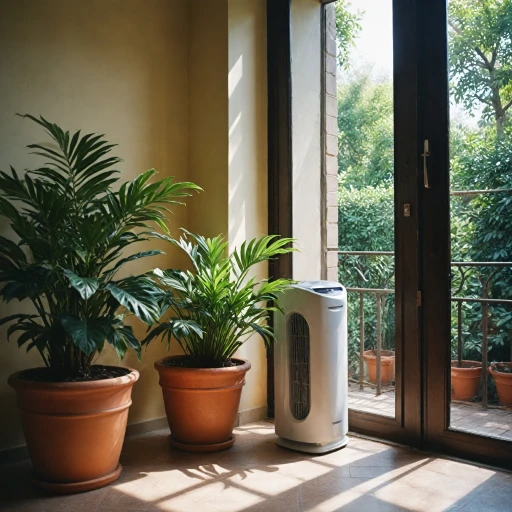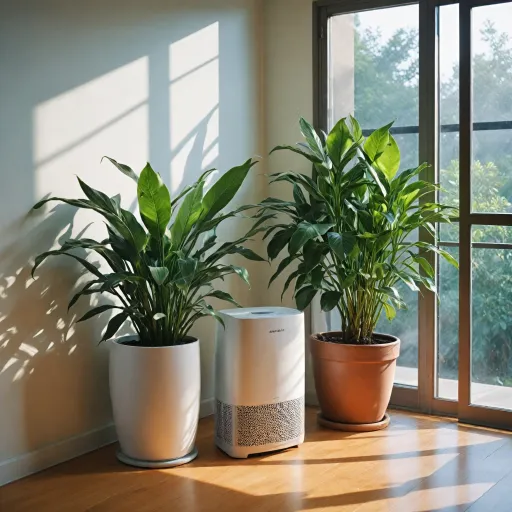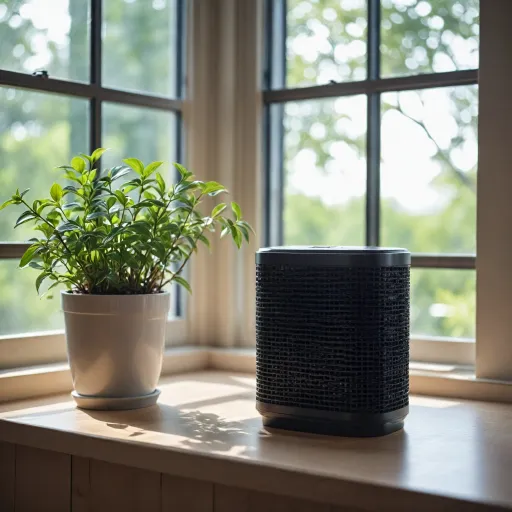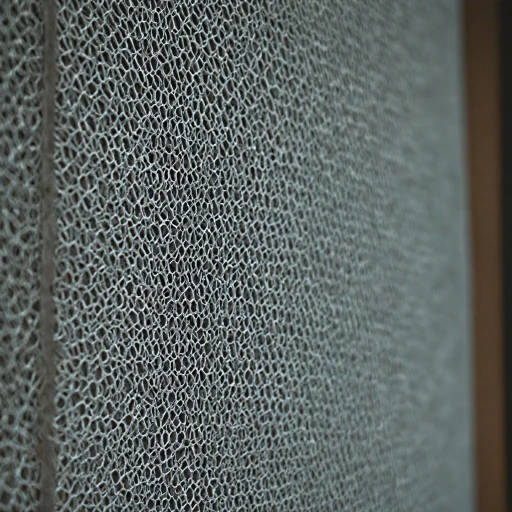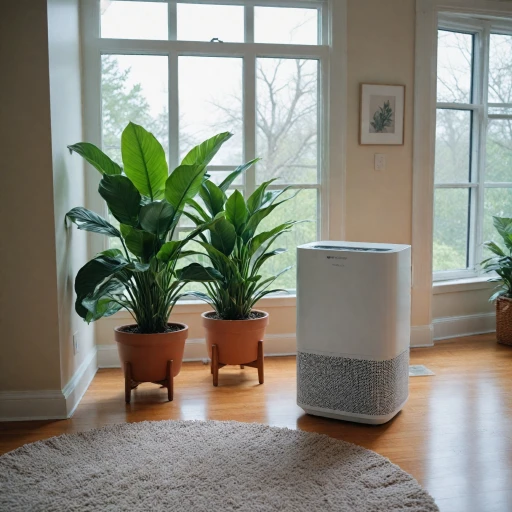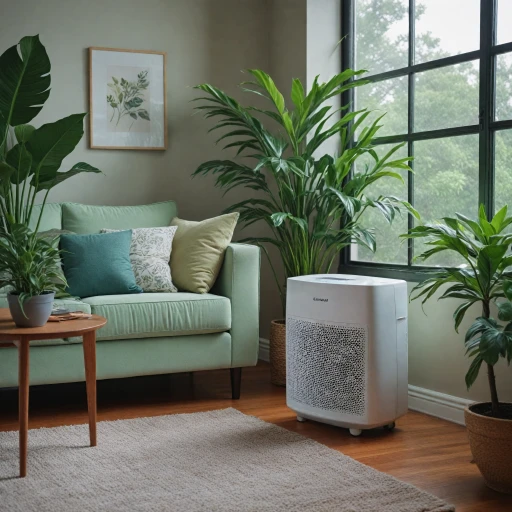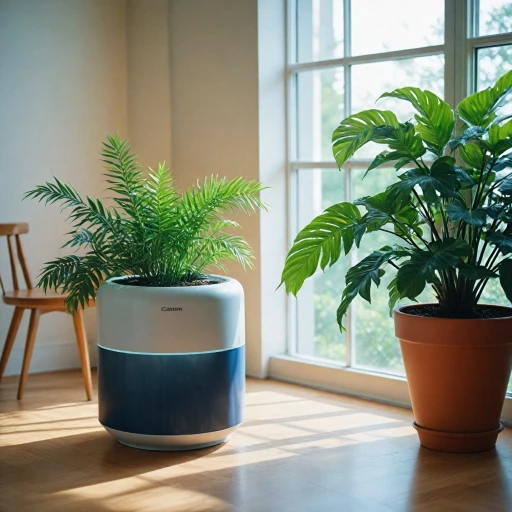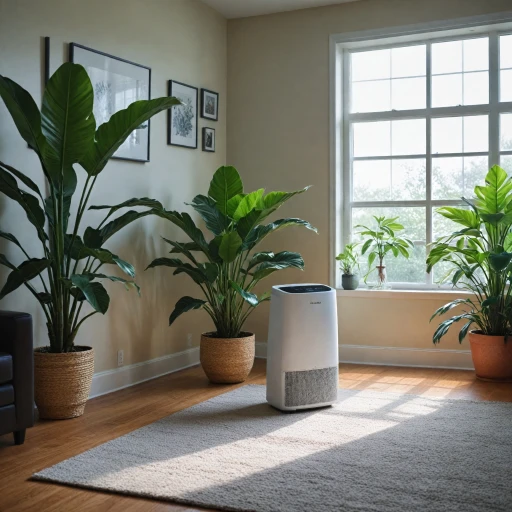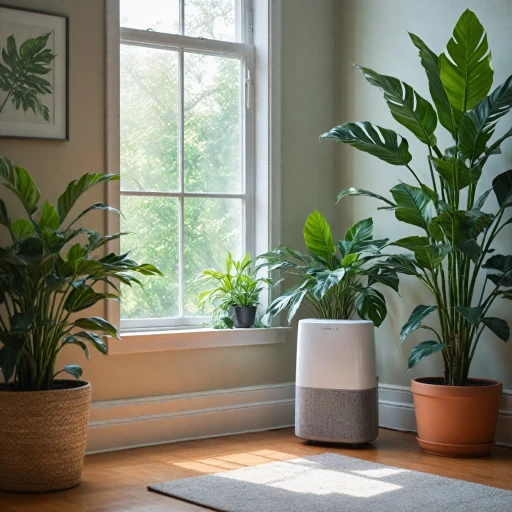
How Electrostatic Air Filters Work
Functionality Behind Electrostatic Air Filters
Understanding how electrostatic air filters work can be key to improving your indoor air quality. These filters operate based on the principle of static electricity to trap particles. Unlike traditional filters, which rely on filter media like pleated filters, electrostatic air filters use electricity to capture airborne particles like dust and allergens.
When air passes through these filters, particles become charged and are attracted to the oppositely charged collector plates, much like a magnet. This process helps capture a wide range of particles without the need for a dense filter media, making it a popular choice for many HVAC systems and air purifiers.
The unique system of electrostatic filters makes them distinct from other types of filters, such as HEPA or permanent electrostatic washable filters. Due to their efficiency in removing particulates from the air, these filters can be cost-effective solutions in the long run. Their ability to be both washable and reusable also adds to their appeal, reducing the need to frequently purchase replacements.
If you’re curious about the benefits of electrostatic air purifiers, you might be interested in exploring how they compare to other air purification technologies.
Advantages of Using Electrostatic Air Filters
Enhancing Air Quality with Electrostatic Solutions
Electrostatic air filters are taking a prominent place in modern home air purifiers, offering an impressive approach to improving indoor air quality. Using static electricity, these filters can effectively capture minuscule particles, such as dust and allergens, making them a valuable addition to any HVAC system. Here's a closer view of what makes these filters advantageous:- Cost-Effectiveness: The price of electrostatic air filters may seem higher upfront compared to traditional pleated filters, but they offer significant savings over time. These filters can be permanent or washable, meaning you won't need to replace them frequently. Simply cleaning the filter periodically can help maintain its efficiency.
- Environmentally Friendly: With washable electrostatic filters, you'll find a sustainable option that reduces waste. Instead of disposing of countless media filters, a simple rinse can renew the system, thus lowering your environmental footprint.
- Custom and Versatile Solutions: Electrostatic filters can be adapted to fit a variety of HVAC systems, offering custom sizes and applications. Whether you're working with a furnace filter or a complete air purifier unit, these filters seamlessly integrate and enhance overall air cleaning performance.
- Durability and Lifetime Use: These filters are built for a long lifespan. With the right maintenance, their electrostatic properties continue to trap particles efficiently, ensuring continued protection for your home’s air quality.
Comparing Electrostatic Air Filters with Other Types
Contrasting Electrostatic Air Filters with Alternatives
When considering air purification options, understanding how electrostatic air filters differ from other types is essential. Traditional filters, such as pleated and media filters, rely on a physical barrier to trap particles. In contrast, electrostatic filters harness static electricity to attract and capture particulates, offering a unique approach to improving indoor air quality. For those concerned about ongoing expenses, electrostatic air filters present a cost-effective solution. Unlike disposable pleated filters, these are typically washable and reusable, reducing the need for frequent purchases. While the initial price might be higher than that of a standard air filter, the potential long-term savings on replacements make them an attractive option, especially for HVAC system users. Additionally, electrostatic systems like permanent electrostatic filters are designed to last longer than traditional one-inch filters. This durability translates to less frequent maintenance—simply cleaning them can maintain their efficiency. This feature is particularly beneficial for those using an electrostatic furnace filter, as it minimizes effort while optimizing furnace performance. In terms of air purification efficiency, electrostatic filters are particularly adept at capturing smaller particles, such as dust and allergens. However, they might not be as effective in trapping very fine particulate matter, such as smoke, when compared to some of the high-efficiency options, like the HEPA filters detailed in exploring high-efficiency air purifiers. Ultimately, the choice between electrostatic and other filter types depends on individual preferences and specific air quality needs. Whether prioritizing a lower lifetime cost or a specific filtration capability, understanding these differences empowers you to select the right air filter for tailored indoor air quality improvements.Choosing the Right Electrostatic Air Filter for Your Home
Selecting the Ideal Electrostatic Air Filter for Your Living Space
When it comes to choosing the right electrostatic air filter for your home, several crucial factors should guide your selection. Electrostatic filters are renowned for their ability to effectively trap particles through static electricity, making them a popular choice for improving indoor air quality.- Filter Type: Consider whether you prefer a washable electrostatic filter or a permanent one. Washable filters can be cleaned and reused, offering a cost-effective, long-term solution. On the other hand, permanent electrostatic filters, though generally more expensive upfront, do not require frequent replacement.
- Size and Fit: Ensure the filter fits your current HVAC system. Measure the slot size in your furnace to find the correct inch dimensions. Some systems may require custom filters, so it is important to verify that the air filter you choose matches the required specifications.
- Price and Budget: While the initial price of electrostatic air filters can vary, their lifetime cost might be lower than that of disposable options. It's essential to view the purchase as an investment in air quality and reduced environmental footprint.
- Filter Media: Examine the materials used in the filter media. Quality materials ensure effective capture of dust, particles, and other pollutants, which enhances the air cleaning performance.
- HVAC System Compatibility: Verify that the electrostatic filter is compatible with your existing HVAC system. This ensures optimal performance and avoids potential system strain.
Maintenance Tips for Electrostatic Air Filters
Effective Maintenance for Long-lasting Performance
Maintaining your electrostatic air filters is key to ensuring optimal performance and enhancing their lifespan. Although electrostatic filters are known for their durability and reusability, making them a cost-effective choice in the long run, proper care is essential. Here’s how you can keep them in top condition:- Regular Cleaning: These filters are designed to be washable, meaning you have the convenience of cleaning them regularly to maintain efficiency. It is generally advisable to wash them every one to three months, depending on dust levels and use. Be sure not to damage the filter media when cleaning.
- Inspection: Frequently inspect your HVAC system to ensure there are no blockages or damage to the filters. A visual inspection can help detect accumulated dirt particles that might not be removed during regular cleaning.
- Drying: After washing, make sure the filters are completely dry before reinserting them into your system. This prevents mold and mildew growth, which can undermine indoor air quality.
- Replacement Considerations: While electrostatic filters have a long lifetime due to their permanent and reusable nature, reviewing their condition periodically is crucial. If signs of wear appear or performance declines significantly, consider purchasing a replacement.
- Compatibility Checks: When fitting replacement filters, confirm they are sized accurately for your system. Custom sizes may be necessary if standard inch measurements do not align with your furnace's specifications.


